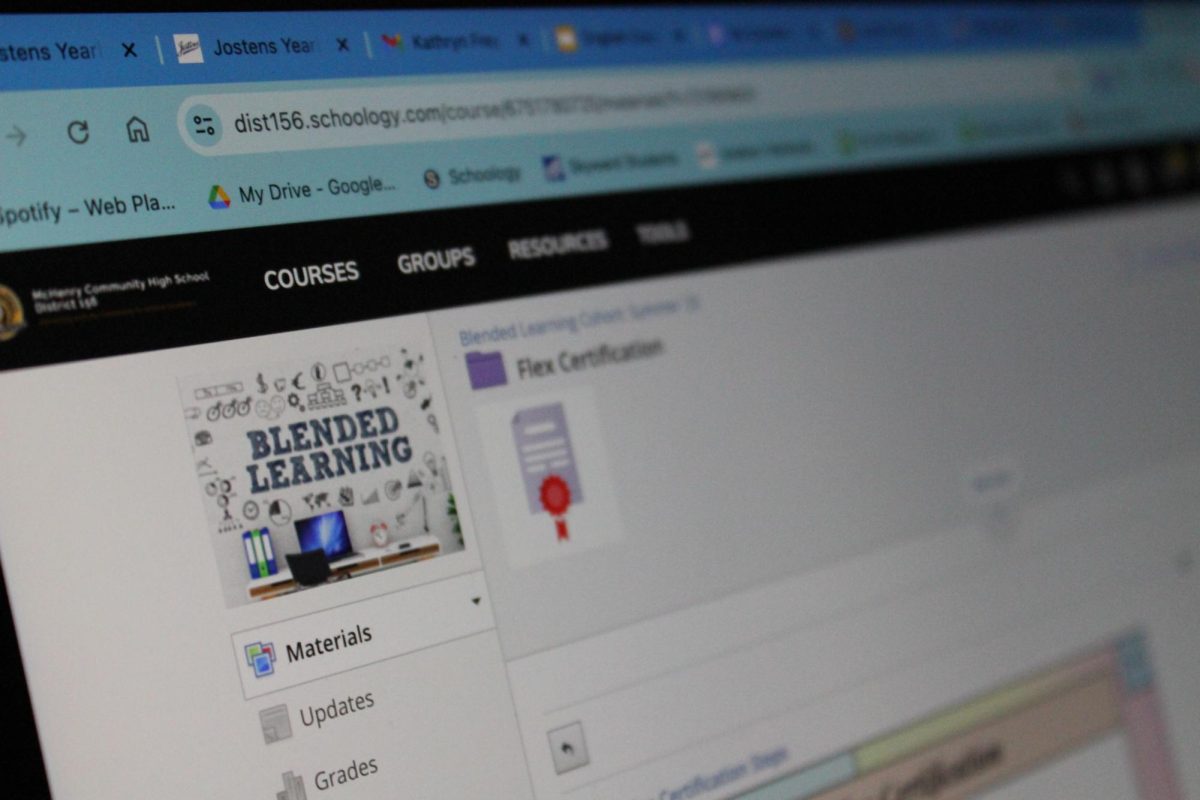A student walks into their math class, excited because it is now labeled as “blended.” They expect that they will be able to set their own pace in the class, making it easier for them to learn. They know that just because the class is labeled as blended, flexing is not the key characteristic. Since blended classes are all about making it easier for kids to learn and customize their experience, many will benefit from all classes being blended next school year.
Blended classes are characterized by the fact that students are able to customize the pace of how they learn. A common misconception is that if a class is blended, students will not have to be in class often. The kind of days where students do not have to attend class are called “flex days,” and many students opt for blended classes because of this. Despite this, the teachers themselves will determine whether to flex at all. Due to flexing being something that most kids look forward to, the actual characteristics of blending are overshadowed by this.
When students actually take blending for what it is supposed to be, they will benefit greatly from it. Since they will be able (in most cases) to set their own pace for their classes. They will be able to fit their classwork to their learning style, this is along with time constraints, i.e. finishing one unit in the span of three weeks.
“We want everyone to really focus on the idea that blended is an instruction delivery philosophy where students have some exposure and choice over the time, pace, path and place of their learning, said Carl Vallianatos, MCHS assistant superintendent for learning and innovation administration.
The overall change in instruction can help students greatly, as they all learn in different ways. If a student benefits from taking the information of a unit gradually, they can feel free to do so. The same goes for students who prefer a quicker pace. Since teachers will always be around to help, students will not be forced to be independent.
“It is important to remember that all students may not want or need to flex as a method or privilege and therefore can remain in class with the teacher at all times,” continues Vallianatos.
Students who use their flex time in a way that will benefit them academically often gain the most from flexing. Due to the fact that activities are not moderated by a teacher during flex days, students sometimes just do not use their time wisely. Therefore, flexing is only beneficial when used in a certain way. Students have to be able to time manage and prioritize school work in order to be successful with flexing.
With that, only students who have these qualities and are able to exhibit them will gain positive results from flexing. And since blended classes are popular as of now due to their contrast to traditional classes, it is looking like the changes set up for next year will be impacting students in a very positive way, both in the classroom and outside of it.




